Sound Healing Throughout History
“The late 6th Century BC Greek philosopher Pythagoras was the first to investigate sound therapy on the Italian Peninsula. As the first person to deeply explore the relationship between mathematics and music, Pythagoras posited that sound is a reflection of a cosmic or spiritual condition. Based on mathematical relationships, he believed particular intervals of sound could heal mental and physical states and harmonize human beings. He prescribed particular tones, known now as the Perfect Fifth, to his followers to listen to in the mornings and determined that this interval can relieve anger and violence. These harmonically related notes vibrate with each other at the ratio of 2:3 within Pythagoras’ mathematical tuning system. These tones have also made an impression on other thinkers and traditions. Lao Tzu, author of the Tao Te Ching, referred to this interval as the source of universal harmony between the forces of Yin and Yang. In India, the Fifth is believed to create a noise through which Shiva calls Shakti to the dance of life.”
The Ancient Beginnings:
Sound healing can be traced back to ancient civilizations that recognized the profound impact of sound on the human body, mind, and spirit. One of the earliest documented records of sound healing practices comes from ancient Egypt, where priest-physicians known as "Sons of Ptah" used chants, incantations, and music to invoke healing and balance within individuals. The Egyptians believed that sound had the power to communicate with the divine and restore health.
Eastern Traditions:
The practice of sound healing also flourished in Eastern traditions. In India, the ancient system of medicine known as Ayurveda incorporated sound therapy as a crucial component. The use of mantras, specific sound syllables or phrases, formed an integral part of healing rituals and meditation practices. These sacred sounds were believed to activate specific energy centers in the body, promoting physical, emotional, and spiritual well-being.
Tibetan Singing Bowls:
Tibetan singing bowls, renowned for their enchanting sounds, have been used for centuries in Tibet and other parts of Asia for healing purposes. These bowls, made of various metals, are struck or rubbed with a mallet to produce resonant tones. The vibrations emitted by singing bowls are thought to restore the balance of energy in the body, clear energetic blockages, and induce deep states of relaxation and meditation.
Native American Traditions:
Sound healing played a significant role in Native American cultures as well. Indigenous tribes used various instruments, such as drums, rattles, flutes, and chanting, to connect with the spirit world and bring about healing. The rhythmic beats and vibrations produced by these instruments were believed to restore harmony and strengthen the connection between individuals and nature.
Modern Revival:
While sound healing has ancient origins, it experienced a resurgence in the 20th century as interest in alternative and holistic therapies grew. Pioneers like Swiss scientist and philosopher Hans Jenny and American sound researcher Dr. Alfred Tomatis explored the effects of sound vibrations on human physiology and psychology. They laid the foundation for modern practitioners to further develop and refine sound healing techniques.
